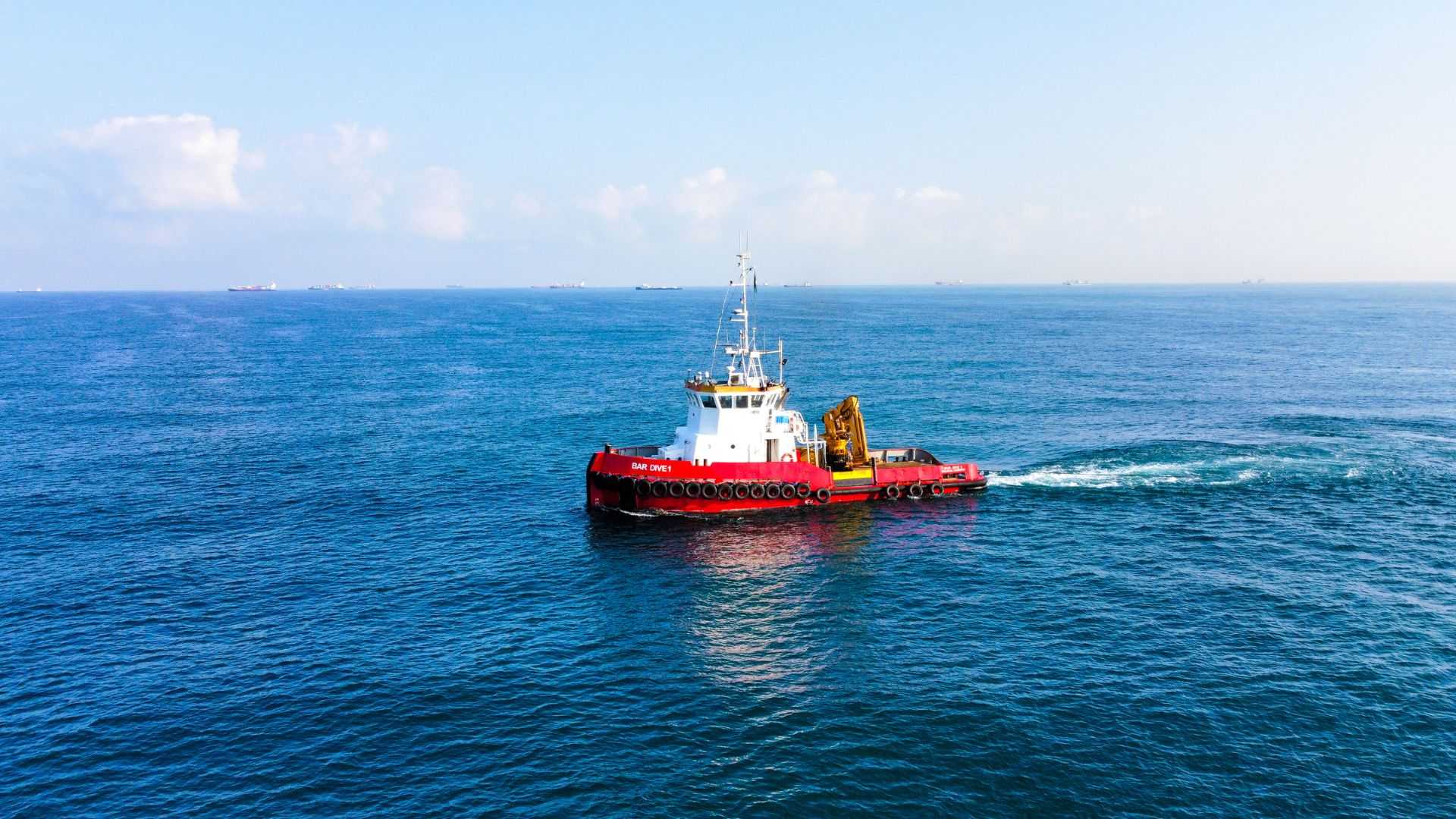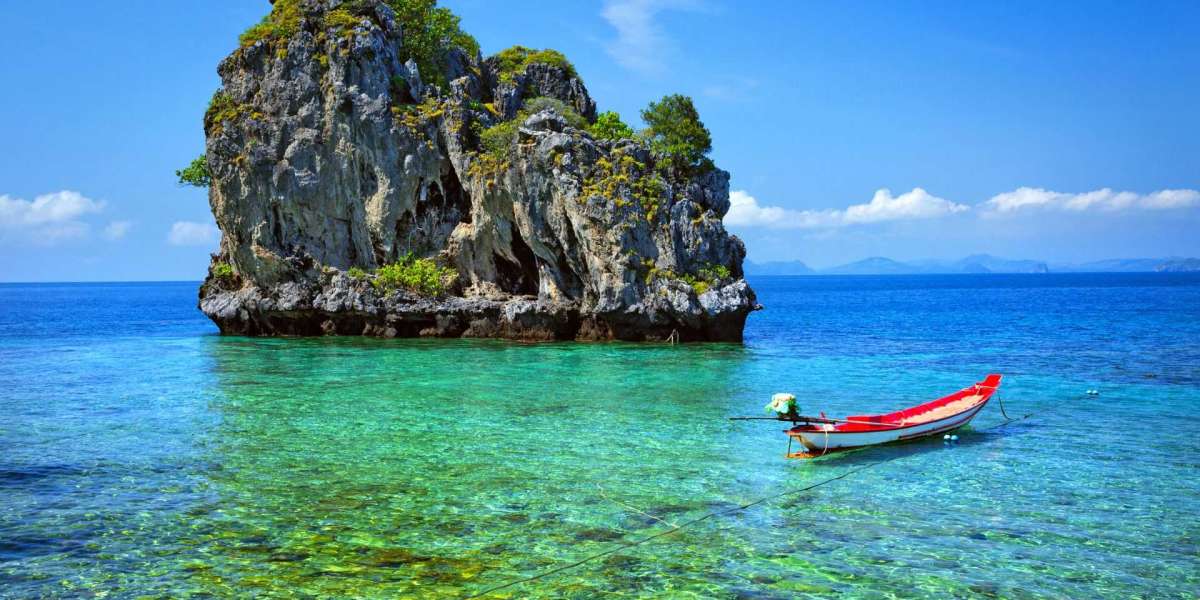Have you ever thought about the wonders beneath the Celtic Sea? A body of water with a rich blend of history, biodiversity, and economic significance, the Celtic Sea is more than just a section of the northeast Atlantic Ocean—it's a story waiting to be told.
Where Is the Celtic Sea Located?
The Celtic Sea is uniquely positioned, bordered by several Western European countries. Its waters touch the southern coasts of Ireland, England, and Wales, as well as the northern shores of France. This strategic location connects nations and provides a key maritime link between the Atlantic Ocean and Europe.
Geographically, the Celtic Sea lies south of the Irish Sea and north of the Bay of Biscay, creating a natural maritime route that has been used for centuries.
Celtic Sea Facts About Its Depth and Landscape

One of the intriguing facts about the Celtic Sea is its relatively shallow depth, which averages between 90 and 100 metres. This shallowness, combined with its unique seabed features like ridges, sandbanks, and underwater plateaus, creates an ideal environment for marine life.
Interestingly, the seabed also holds remnants of prehistoric times, with researchers suggesting it might have been part of a land bridge connecting Europe and the British Isles during ancient periods.
Biodiversity in the Celtic Sea
When discussing Celtic Sea facts, its vibrant biodiversity stands out. The nutrient-rich waters support various marine species, including cod, haddock, herring, and sharks. Dolphins and porpoises are also commonly spotted, making it a popular destination for marine enthusiasts.
Coastal areas around the Celtic Sea provide nesting sites for various migratory seabirds, showcasing the interconnectedness of marine and terrestrial ecosystems.
Economic Importance of the Celtic Sea
The Celtic Sea's rich resources make it an economic powerhouse for bordering nations. Fishing is a key industry, with local communities relying Sea'sabundant fish stocks. Offshore wind energy is gaining momentum as renewable energy projects harness wind power.
Additionally, the sea is vital for shipping and trade routes, connecting the Atlantic with European markets. Its scenic beauty also attracts tourists, boosting local economies.
Environmental Challenges in the Celtic Sea
Among the lesser-discussed facts about the Celtic Sea are its environmental challenges. Overfishing threatens its marine biodiversity, while pollution from coastal activities and ships disrupts ecosystems.
Climate change exacerbates these issues, with rising sea temperatures and ocean acidification affecting fish populations and habitats. Conservation efforts, such as sustainable fishing practices and marine protection initiatives, are critical to preserving the Celtic Sea.
Cultural Connections to the Celtic Sea
The name "Celtic Sea" reflects its historical connection to the Celtic people who once inhabited its shores. This cultural link runs deep, with "h the sea "often appearing in Celtic folklore and mythology.
Modern celebrations, including coastal festivals and maritime events, keep the cultural spirit alive, honouring the sea's significance to local communities.
Tourism and Recreational Activities in the Celtic Sea

The Celtic Sea's breathtaking coastal scenery is a magnet for tourists seeking picturesque views and outdoor adventures. From the rugged cliffs of Ireland to the serene beaches of Cornwall, the surrounding areas offer endless opportunities for exploration. Activities like sailing, kayaking, and diving allow visitors to connect with the sea's natural beauty. Many tourists flock to coastal towns for seafood delicacies, often caught fresh from the Celtic Sea.
Wildlife tourism is another draw, with dolphin-watching tours and birding excursions particularly popular. These experiences create unforgettable memories for travellers and raise awareness about the need to preserve the region's fragile ecosystems.
The Future of the Celtic Sea
As nations around the Celtic Sea work towards sustainability, the future of this region holds promise. Governments and environmental organizations are collaborating to address challenges such as overfishing and pollution. Marine Protected Areas (MPAs) have been established to safeguard vulnerable species and habitats, ensuring the Celtic Sea remains a thriving ecosystem.
Innovative projects, like offshore wind farms, aim to balance economic development with environmental stewardship. By combining sustainable practices with community involvement, the Celtic Sea can continue to serve as a vital resource for nature and humanity.
FAQs
Where is the Celtic Sea located?
The Celtic Sea is located in the northeast Atlantic, bordering Ireland, England, Wales, and France.
What is the depth of the Celtic Sea?
The Celtic Sea is relatively shallow, with an average depth of 90-100 metres.
Why is the Celtic Sea important?
It supports fishing, renewable energy, trade, and tourism, making it economically and ecologically vital.
What wildlife can be found in the Celtic Sea?
The Celtic Sea is home to cod, haddock, dolphins, seabirds, and many other marine species.
What environmental challenges does the Celtic Sea face?
Overfishing, pollution, and climate change threaten the Celtic Sea's delicate ecosystems.













